Hey there, shrimpfam! Have you ever found yourself staring at your aquarium, noticing an unsightly brown algae problem? Perhaps you’ve wondered if your lively Red Cherry Shrimp (RCS) could be the solution to this issue. Could these vibrant little creatures help clean up the mess, or is this just wishful thinking?
Red Cherry Shrimp do eat brown algae, but it’s not their preferred food. They will pick at it, especially if other food sources are scarce, but don’t expect them to devour it quickly. For more effective algae control, consider other options like Amano shrimp or Nerite snails.
I remember the first time I noticed brown algae in my shrimp tank. It was a frustrating sight, and I felt a pang of disappointment. I had worked so hard to create a thriving environment for my shrimplets, only to see this unwelcome intruder. Over the years, I’ve faced this challenge more than once, experimenting with different solutions and learning from each experience.

In the early days, I tried relying solely on my Red Cherry Shrimp to handle the algae. I even stopped feeding them for a week, hoping they would clean it up. While they did nibble at the algae, it was clear that this was not their favorite meal. I realized that RCS alone wouldn’t solve the problem.
I then explored other options, like introducing Amano shrimp and Nerite snails, known for their algae-eating abilities. The combination of these creatures, along with careful adjustments to lighting and fertilization, finally brought the algae under control.
The journey wasn’t easy, and it took time, patience, and a willingness to learn. But the reward was a clean, vibrant tank where my shrimplets could thrive. If you’re facing a similar challenge, know that you’re not alone. With the right approach, you can overcome this issue and enjoy a healthy, beautiful shrimp tank.
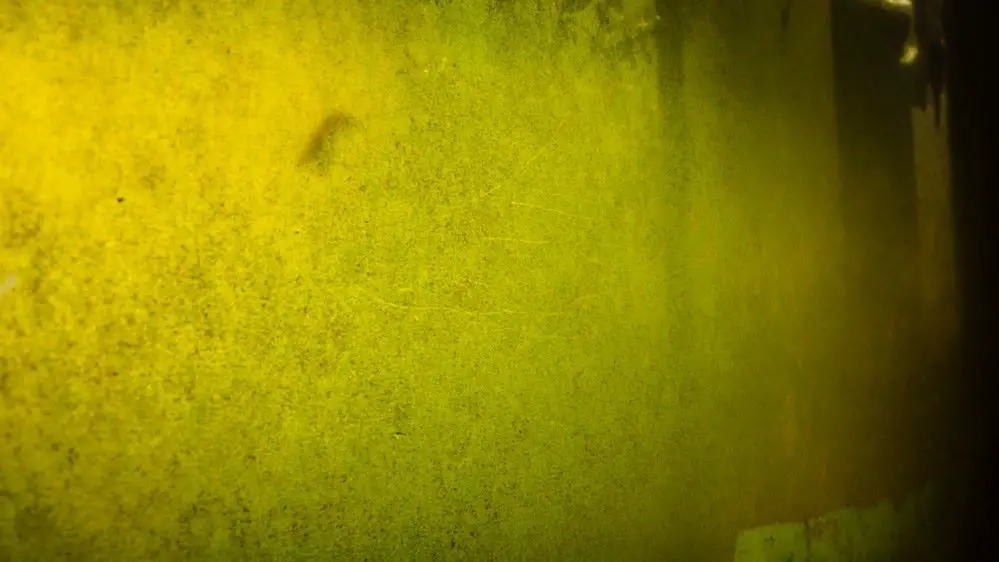
What makes Red Cherry Shrimp a popular choice among shrimp keepers?
Red Cherry Shrimp (RCS) have captured the hearts of shrimp keepers around the world, and their popularity continues to soar. But what exactly makes these vibrant little creatures so appealing?
First and foremost, their striking red coloration is a visual delight. The intense red hue adds a splash of color to any aquarium, creating a lively and eye-catching display. This coloration is not only beautiful but also varies in intensity, allowing for selective breeding and the creation of different grades and patterns.
Beyond their appearance, RCS are known for their hardy nature. They are adaptable to a wide range of water conditions, making them suitable for both beginners and experienced shrimp keepers. Their tolerance to various pH levels, temperatures, and water hardness means that they can thrive in different environments with relative ease.
Their behavior also adds to their charm. RCS are active and engaging, often seen exploring the tank, foraging for food, and interacting with each other. This constant movement and curiosity provide endless entertainment and make them a joy to observe.

Furthermore, RCS are prolific breeders, and their breeding process is relatively straightforward. With proper care and suitable conditions, a small colony can quickly grow, offering shrimp keepers the rewarding experience of watching the shrimplets develop and mature.
Lastly, RCS are beneficial to the tank’s ecosystem. They are excellent scavengers, feeding on algae and detritus, thus contributing to the cleanliness and balance of the aquarium. Their algae-eating ability, although not their primary food source, can be a helpful addition to algae control strategies.
The popularity of Red Cherry Shrimp can be attributed to their stunning appearance, adaptability, engaging behavior, breeding potential, and ecological benefits. They offer a complete package that appeals to a wide range of shrimp enthusiasts, from novices looking for an easy start to experts seeking a captivating and rewarding shrimp-keeping experience.

How can Red Cherry Shrimp contribute to algae control in an aquarium?
Algae control in an aquarium is a common concern for many aquarists, and Red Cherry Shrimp (RCS) can play a role in this ongoing battle. While not primarily known as algae eaters, RCS can contribute to algae control in several ways.
Red Cherry Shrimp are natural scavengers, and their diet includes various organic materials found in the aquarium. They are often seen picking at surfaces, foraging for food, and one of the things they may consume is algae. While algae are not their preferred food, they will nibble at it, especially if other food sources are scarce.
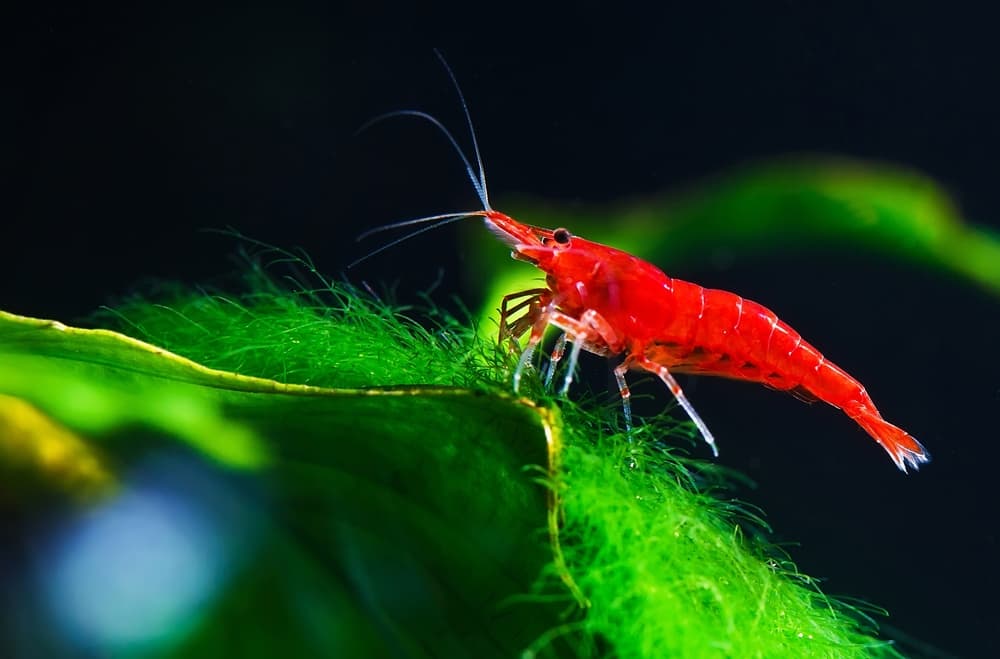
The contribution of RCS to algae control is subtle and should not be seen as a primary solution. They will pick at soft algae, such as brown diatoms, but their impact on reducing algae growth is limited. They tend to feed on algae only when other more appealing food sources are not readily available. If you stop feeding them for a short period, they might clean up some of the algae, but don’t expect them to devour it quickly.
It’s also worth noting that RCS’s algae-eating ability varies among individuals and the type of algae present. Some types of algae may be entirely ignored by RCS, while others might be consumed in small quantities. Their contribution to algae control is more of a supplementary nature rather than a primary solution.
In addition to their direct consumption of algae, RCS help in maintaining the overall cleanliness of the tank. By feeding on detritus and leftover food, they prevent the accumulation of organic matter that could otherwise contribute to algae growth. This indirect contribution helps in maintaining a balanced ecosystem, where algae are less likely to thrive.
What are the alternatives to Red Cherry Shrimp for effective algae control?
While Red Cherry Shrimp (RCS) can play a supplementary role in algae control, they are not the most effective solution for this purpose. If algae control is a primary concern, there are several alternatives to RCS that can be more effective in keeping algae at bay.
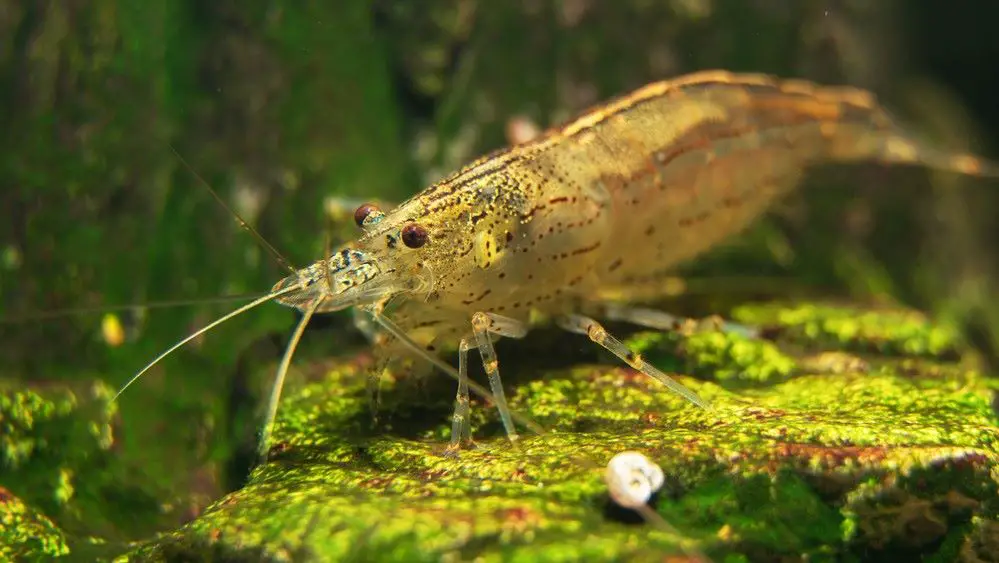
Amano shrimp are renowned algae eaters and are often considered one of the best options for algae control in an aquarium. Unlike RCS, Amano shrimp have a strong appetite for algae and can consume various types, including hair algae and green algae. Their relentless grazing helps keep algae growth in check, making them a popular choice among aquarists.
Nerite snails are another excellent option for algae control. They are known for their ability to consume a wide range of algae, including some that are typically ignored by shrimp. Nerite snails are particularly effective against brown algae and can make a noticeable difference in the cleanliness of the tank.
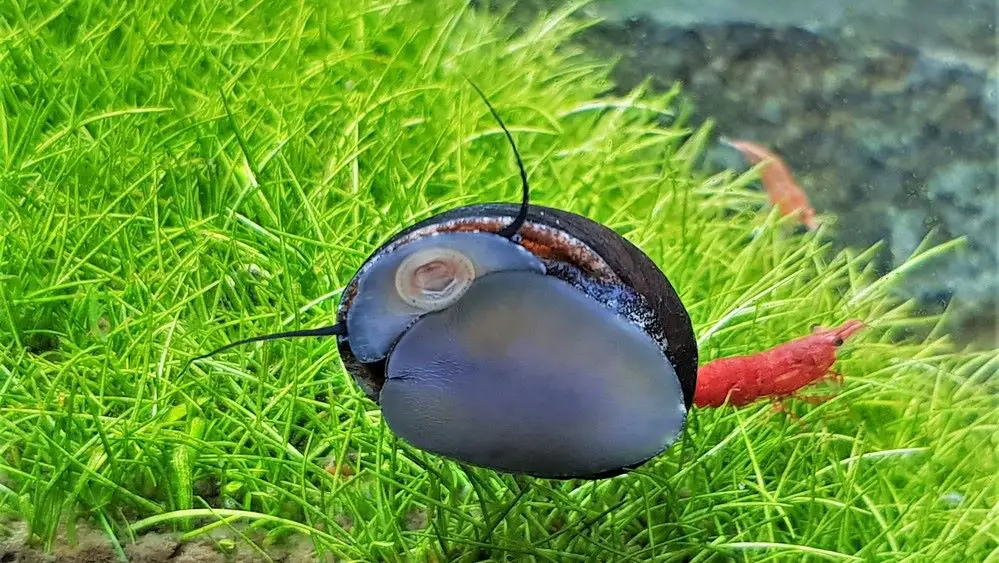
Certain fish species are also known for their algae-eating abilities. Otocinclus catfish, for example, are small, peaceful fish that can be a great addition to a community tank. They are voracious algae eaters and can help control algae growth on surfaces and plants.
Siamese Algae Eaters are another fish species recognized for their algae-eating prowess. They are particularly effective against black beard algae, a type of algae that can be challenging to control.
Algae control is not solely reliant on introducing specific species into the tank. Proper tank maintenance, including regular water changes, controlling lighting, and managing nutrient levels, is crucial in preventing algae growth. Implementing a balanced fertilization regime and avoiding overfeeding can also help in keeping algae under control.
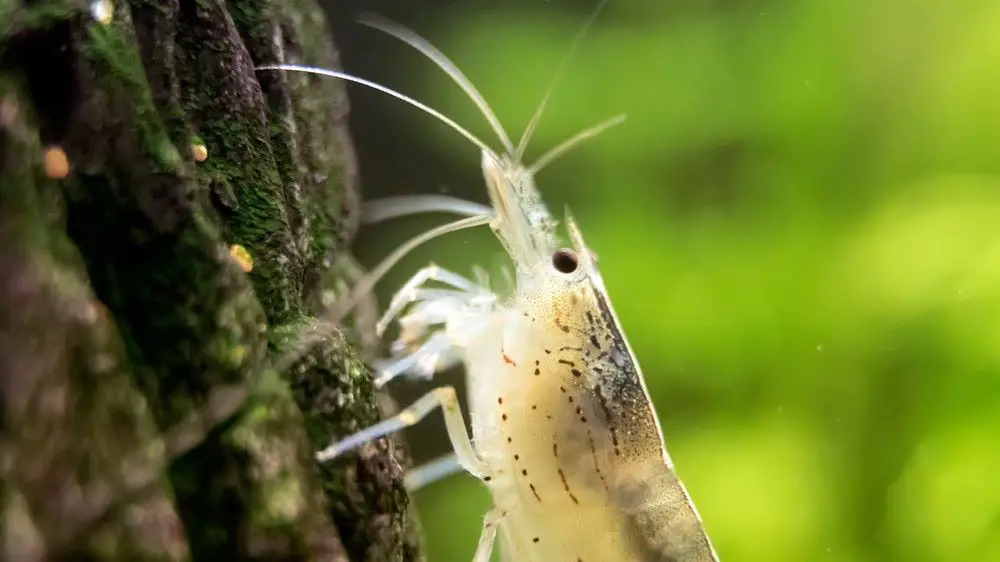
In addition to biological control, manual removal of algae can be an essential part of an algae control strategy. Regular cleaning of the glass, decorations, and plants can prevent algae from gaining a foothold in the tank.
While Red Cherry Shrimp can contribute to algae control, they are not the most effective option for this purpose. Alternatives like Amano shrimp, Nerite snails, Otocinclus catfish, and Siamese Algae Eaters, along with proper tank maintenance and manual cleaning, provide a more comprehensive and effective approach to algae control. These alternatives can be tailored to the specific needs and conditions of the aquarium, ensuring a clean and balanced environment.
Conclusion: Red Cherry Shrimp and Algae Control
Red Cherry Shrimp (RCS) are a beloved species among shrimp keepers for their vibrant color, adaptability, and engaging behavior. While they can contribute to algae control in an aquarium, their role is limited and supplementary. For more effective algae control, alternatives like Amano shrimp, Nerite snails, and specific algae-eating fish species, along with proper tank maintenance, provide a comprehensive solution.
If you need any help with your shrimp or algae control strategies, please don’t hesitate to reach out. If you can’t find me here, check out Aquarium Shrimp Keeping on Facebook. Happy Shrimp Keeping, shrimpfam!
FAQ
Q. What shrimps eat brown algae?
A. Amano shrimp are known to eat brown algae, and Red Cherry Shrimp may nibble at it but not as effectively. Other shrimp species may also consume brown algae to varying degrees.
Q. Is brown algae bad for shrimp?
A. Brown algae itself is not harmful to shrimp and may even serve as a supplementary food source. However, excessive algae growth can indicate underlying water quality issues that may need to be addressed.
Q. Do shrimp eat brown hair algae?
A. Most shrimp, including Red Cherry Shrimp, are not particularly effective at eating brown hair algae. Amano shrimp might consume some, but controlling brown hair algae usually requires other methods.
Q. Do cherry shrimp eat all algae?
A. Cherry shrimp may nibble at some types of soft algae, but they do not eat all types of algae. Their algae-eating ability is limited, and they are not considered primary algae eaters.
Q. Are cherry shrimp good algae eaters?
A. Cherry shrimp can contribute to algae control by nibbling at some soft algae, but they are not considered good algae eaters. Their impact on algae control is minimal compared to specialized algae-eating species like Amano shrimp.
Q. Will shrimp clean algae?
A. Some shrimp, such as Amano shrimp, are effective at cleaning algae. Red Cherry Shrimp and other similar species may contribute to algae control but are not efficient cleaners. Their role in algae cleaning is supplementary, and relying solely on them for algae control is not recommended.
